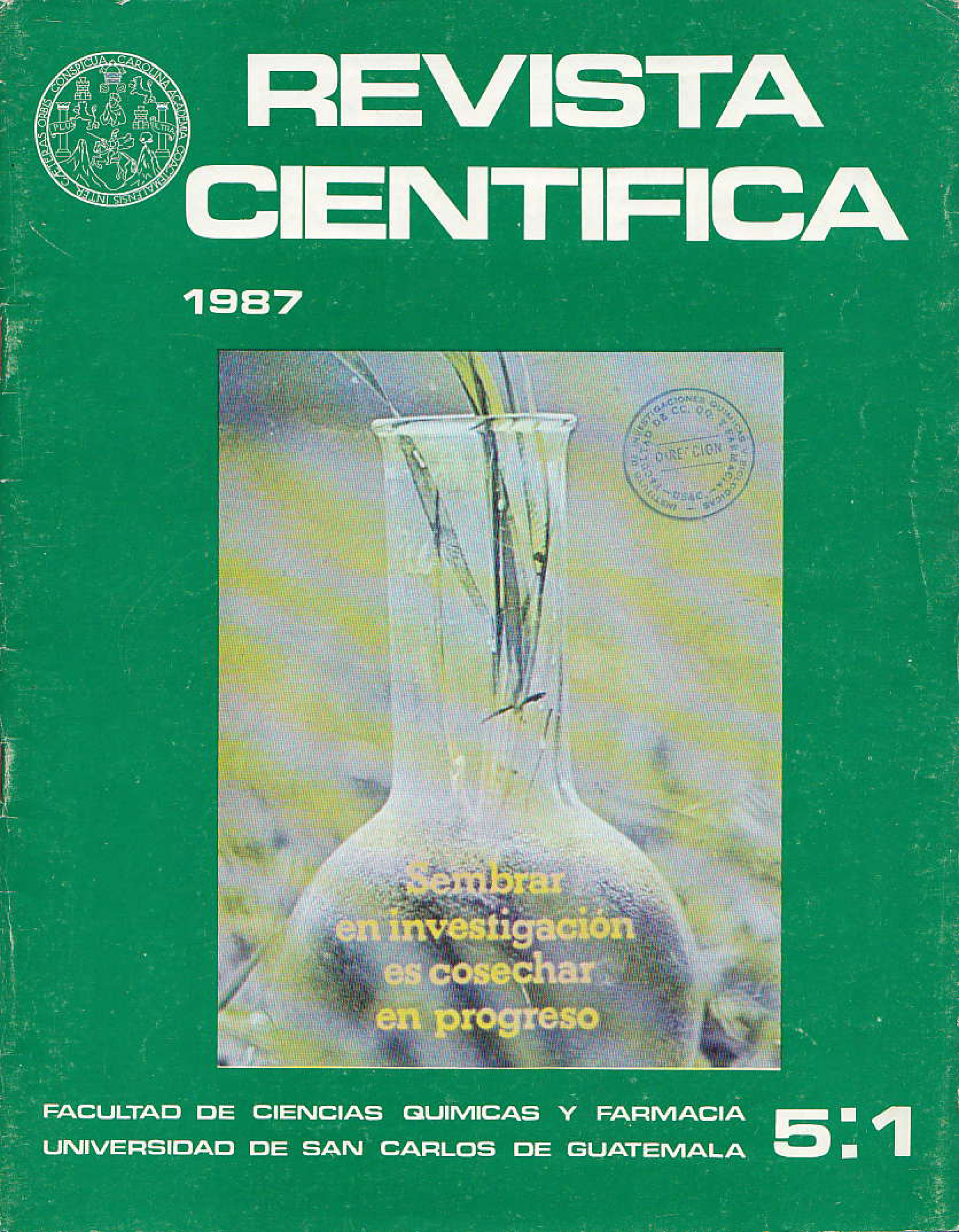Comparison of two radiopharmaceutical production methods and evaluation of their quality
DOI:
https://doi.org/10.54495/Rev.Cientifica.v5i1.452Keywords:
comparison, radiopharmaceutical production methods, quality evaluationAbstract
This research was conducted to select a production method that offers the greatest advantages in biodistribution and labeling, as well as standardization of a quality control procedure for radiopharmaceuticals to be produced in the Radiopharmacy Laboratory of the University of Nuclear Medicine at the San Juan de Dios General Hospital. To this end, two production methods for five different radiopharmaceuticals were compared, determining their radiochemical purity, biodistribution, and stability. An effective method for determining radiochemical purity was also evaluated, comparing chromatography and electrophoresis methods. A significant difference was observed in their radiochemical purity, biodistribution, and stability, favoring method A (according to the Center for Nuclear Research, Montevideo, Uruguay) for the following radiopharmaceuticals: colloidal sulfur-TC 99m, DTPA-TC 99m (Diethylene triamine pentaacetic acid), calcium glucoheptonate-TC 99m, and sodium pyrophosphate-TC 99m, compared to method B (according to the Chilean Nuclear Energy Commission, Santiago, Chile). This was not the case for the radiopharmaceutical Disida-T c 99m (Diisopropylacetamide-iminodiacetic acid), which favored method B. It was concluded that the chromatography method is more effective than the electrophoresis method for determining radiochemical purity. It was determined that the biodistribution of radiopharmaceuticals in experimental animals is only essential when investigating a new radiopharmaceutical or modifying current formulations, since there is a correlation between the labeling percentages determined by the chromatographic method and those obtained by biodistribution.
Downloads
References
Gotta H. Medicina Nuclear: Aplicaciones clínicas. EE.UU.: Fondo Educativo Interamericano, 1982. VIII + 415p. (p. 1-10).
Manual de controles radiofarmacéuticos. Santiago de Chile: Comisión Chilena de Energía Nuclear, 1985. 182p (32-49).
Manual de producción de radiofármacos. Montevideo, Uruguay; Universidad la República: Centro de Investigaciones Nucleares, 1983. 268p. (22-49).
Verdadera Es. Control de calidad en Radiofarmacia J Nucí. Med. 1983; 15:183.
Noto Mg et al. Química descriptiva. Buenos Aires: Latinoamerican, 1971. X + 612p. (p. 64-66).
Mitta AE. La radiofarmacia en la república de Argentina. J Marp Soc Arg Bioq Med N ucl 1981; 5:145-148.
Steigman J et al. Chemistry of Technetium"™. Sem Nucí Med 1974; 4:269-279. https://doi.org/10.1016/S0001-2998(74)80014-0 DOI: https://doi.org/10.1016/S0001-2998(74)80014-0
Saucedo T et al. Concentración de Tecnecio99m deleuído del Generador de 99mMo-“niTc. Buenos Aires: Comisión Nacional de Energía Atómica, Doc Tec No. 45, 1976. 269p. (p. 34-37).
Colombetti LG. Performance oí “mTc generating sistems, p. 183-194 (In Rhodes Ba. Quality control in Nuclear Medicina. Sainte Louis: The CV Mosby Company, 1977. XII +508p.)
Kristensen K. The Quality of radiopharmaceuticals: A review of corrent problem XIII International. Annual Muting Society of Nucí Med Domark 1975; 15: 134-136.
Downloads
Published
How to Cite
Issue
Section
License
Copyright (c) 1987 María Celestina Portillo Lemus, Sergio Rodolfo Rodríguez Jiménez

This work is licensed under a Creative Commons Attribution 4.0 International License.
Authors who publish with this journal agree to the following terms:
- Authors retain copyright and grant the journal right of first publication with the work simultaneously licensed under a Creative Commons Attribution License 4.0 that allows others to share the work with an acknowledgement of the work's authorship and initial publication in this journal.
- Authors are able to enter into separate, additional contractual arrangements for the non-exclusive distribution of the journal's published version of the work (e.g., post it to an institutional repository or publish it in a book), with an acknowledgement of its initial publication in this journal.
- Authors are permitted and encouraged to post their work online (e.g., in institutional repositories or on their website) prior to and during the submission process, as it can lead to productive exchanges, as well as earlier and greater citation of published work.









